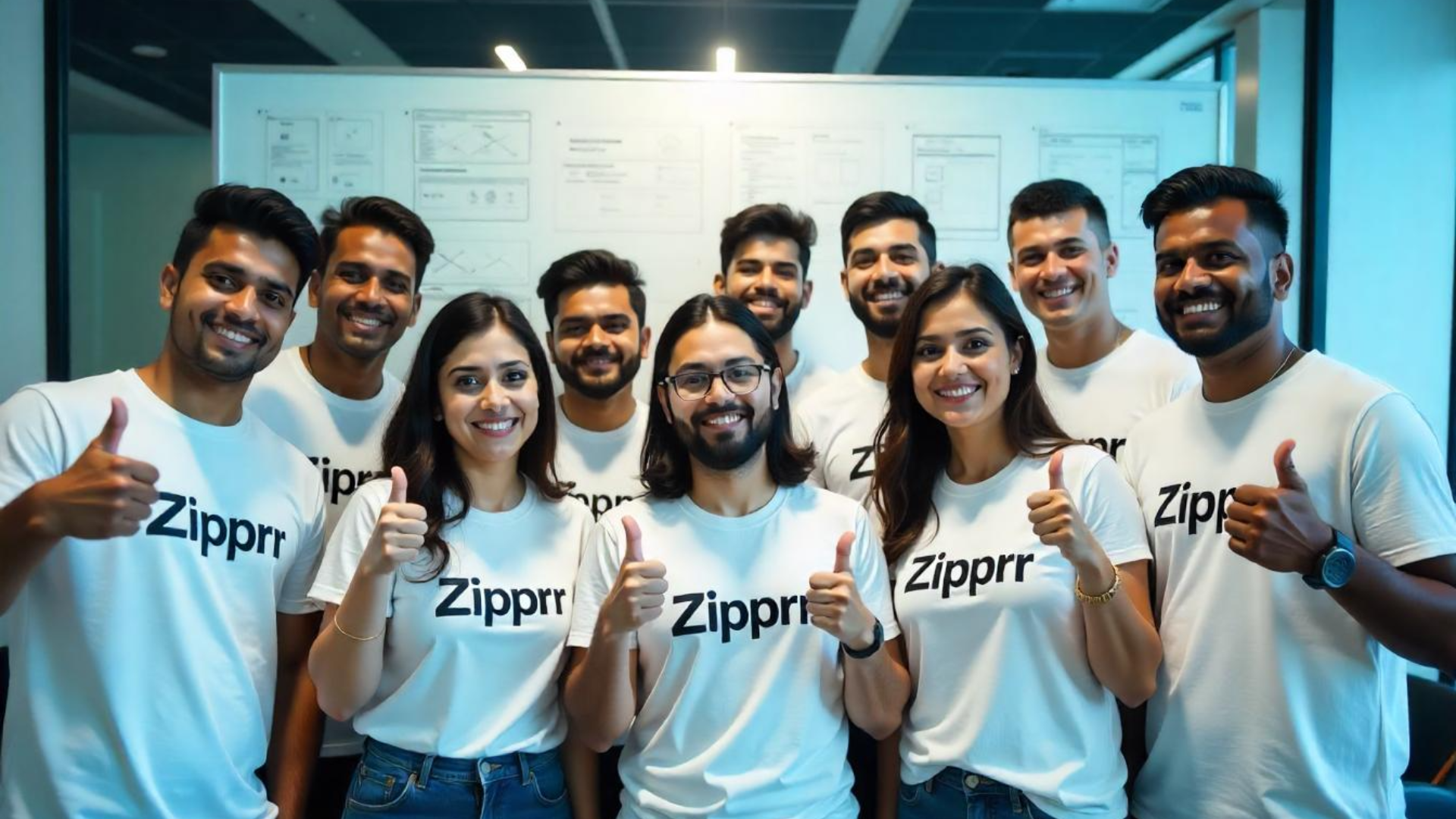“Imitation is the sincerest form of flattery.” – Charles Caleb Colton
A website clone is like a digital doppelgänger – an exact replica of an existing website with extremely similar functionality, design, layout, and even content. While on the surface a clone may look like a form of flattery, in reality, clones are created for more strategic reasons – to compete directly with, or even replace, the original site.
Clones target the same core audience and niche as the site they are imitating. They aim to siphon traffic away from the original and establish themselves as a viable alternative. Many entrepreneurs looking to launch a successful clone site often invest in an advanced digital marketing course to understand the best strategies for gaining visibility and driving traffic. Clones run the gamut from e-commerce stores to forums, directories, SAAS platforms, and more. Their development is fueled by the fact that clones provide a shortcut to creating an established site without having to build an audience from scratch.
While cloning raises some ethical questions, it is a common tactic used by digital marketers and growth hackers. The key is to then differentiate the clone by optimizing the site and creatively promoting it through marketing campaigns.
What is website clone marketing?
Website clone marketing is all about promoting a site that’s essentially a copycat of an existing one. The idea is to compete head-to-head with the original by appealing to the same users and audience. However, there are tradeoffs when opting to clone a website versus crafting one from scratch, as analyzed in this comparison of the pros and cons of website cloning vs building from the ground up.
Marketing for clones is focused on positioning the site as a viable alternative option. The goals are pretty straightforward – drive traffic, get signups, make money through ads, affiliate sales, subscriptions – whatever models the original site is using.
A clone wants to steal the throne and become the new go-to for people interested in that niche or vertical. So clones get aggressive with marketing outreach and campaigns tailored to their competitors’ audiences.
Why would someone want to promote the clone website?
There are several strategic reasons why someone might want to actively market and promote a cloned website:
To drive more traffic and users
- Marketing brings new visitors and helps build the user base over time. More traffic and sign-ups improve the clone’s chances of competing with and overtaking the original site.
To build brand awareness and credibility
- Promoting the clone gets its name and existence out there within the niche. It helps establish domain authority and reputation.
To monetize the site and generate revenue
Monetization models used include:
- Display and native advertising
- Affiliate marketing programs and partnerships
- Premium subscriptions for gated content
- Lead generation and sales funnels
To outrank and siphon traffic from the original site
- A core goal of clones is to outperform the original site in SEO and search rankings. Targeted marketing aims to siphon traffic and divert searchers.
To build an audience and following
- Content marketing, social media, and community growth help attract fans and loyal followers. This audience can then be marketed to.
To drive conversions and sales
- For e-commerce clones, marketing aims to convert traffic into sales and revenue using promos, email marketing, retargeting, etc.
How to create a website clone marketing strategy?
Developing a comprehensive marketing strategy is essential for effectively promoting a new website clone and competing against the original site. By taking a strategic approach, clones can drive significant traffic, capture market share, and ultimately thrive.
Conduct Thorough Research
The first step is conducting in-depth research to gain insights about the target audience, competitors, search landscape, and existing traffic sources.
Audience Research: Study the target user demographics, interests, pain points, and behaviors. Look at competitors’ websites and social media to analyze their audiences and see crossover opportunities. Develop buyer personas.
Keyword Research: Use tools like Google Keyword Planner, SEMrush, and Ahrefs to research relevant keyword terms and conversations around the niche. Look for high-volume, low-competition keywords.
Traffic Analysis: Use SimilarWeb and Alexa to evaluate where the original website’s traffic is currently coming from. This can reveal opportunities to siphon traffic for the clone.
Competitive Analysis: Closely analyze competitors’ strategies across SEO, content, social media, advertising, and other channels. Identify strengths to emulate and weaknesses to capitalize on.
Set Measurable Goals
Having concrete goals is vital for measuring performance. Goals should include both quantitative traffic and revenue metrics, along with qualitative brand goals.
Traffic Goals: Target number of unique visitors, pageviews, and other engagement metrics per month. Set an ambitious first-year goal.
Revenue Goals: Income targets from advertising, affiliates, lead generation, and other monetization models.
Ranking Goals: Target specific keyword rankings and improvements.
Brand Goals: Gain social media followers, email subscribers, community engagement.
Conversion Goals: KPIs for desired actions – signups, downloads, purchases, etc.
Develop Data Tracking
Robust analytics and data tracking should be implemented to monitor progress on goals.
Web Analytics: Install Google Analytics, Google Tag Manager, and integrate with ad platforms.
Conversion Tracking: Use Facebook Pixel, Google Ads, etc. to track conversions.
Rank Tracking: Monitor keyword rankings with SEMrush, Ahrefs, or Serpstat.
Campaign Tracking: Use UTM tags to track performance of each initiative.
A/B Testing: Test landing pages, offers, creatives, pricing.
KPI Dashboards: Build reports and dashboards for key metrics.
Define Budget and Resources
Determine an appropriate monthly marketing budget based on activities planned. Factor in ad spend, content production, hiring influencers, and any other related costs.
Map out an editorial calendar for posting schedules. Plan timelines and budgets for launching each initiative. Audit available in-house marketing resources and identify any gaps that require outside support.
Prioritize Channels
Conduct an analysis of the top marketing channels available and prioritize based on budget, aligning with audience preferences, and expected ROI.
- SEO – Content, backlinks, technical site optimization.
- Social Media – Thought leadership, community building.
- Paid Ads – Facebook, Instagram, Google, YouTube ads. Start with low budgets.
- Content Marketing – Blogging, guides, videos, visuals.
- Email Marketing – Lead nurturing, promotions, newsletters.
- Influencer Marketing – Recruit relevant bloggers, YouTubers.
- Affiliate Marketing – Recruit partner sites for commissions.
- PR – Build credibility by getting media mentions.
- Partnerships – Co-market with complementary brands.
Continually Optimize Efforts
Use data and insights to optimize marketing initiatives. Double down on top-performing channels. Cut poor performers that don’t meet ROI. Shift budgets between channels as needed. Closely monitor competitor actions and adapt accordingly.
Top 10 Website Clone Marketing Strategies
Below are the most effective marketing strategies and channels to drive traffic, users, and revenue for a website clone:
1. Search Engine Optimization (SEO)
SEO is the process of improving rankings in organic search results by optimizing on-page and off-page factors. Key tactics include:
- Keyword research – Identify high-volume, low-competition terms related to the niche using tools like Ahrefs. Optimize pages and content for these.
- On-page optimization – Format HTML title tags, headers, content, etc. to target keywords. Improve site architecture.
- Link building – Build backlinks from relevant websites to improve domain authority. Outreach to partners.
- Technical SEO – Ensure site is fast, mobile-friendly, and free of errors.
- Local SEO – Target local search rankings with location-based keywords, NAP data, and directories.
SEO generates highly targeted, qualified visitors from Google and other search engines. It also helps siphon traffic directly from the original site by outranking it for core terms.
2. Social Media Marketing
Leverage leading social platforms like Facebook, Instagram, Twitter, LinkedIn, YouTube, Pinterest, Reddit, Quora, and forums in the niche. Goals include:
- Share relevant content and media to attract followers
- Engage community and foster discussions
- Run promotions and contests
- Influencer collaborations
- Paid social ads to amplify reach
An active social presence establishes brand visibility and trust in the niche. SMM provides traffic, conversions, and a platform to directly interact with the target audience.
3. Influencer Marketing
Influencer marketing involves collaborating with relevant bloggers, journalists, industry experts, and social media influencers to promote the clone site. Tactics include:
- Outreach for reviews – Getting site reviews and write-ups generates referral traffic, links, and credibility. Offer exclusive access or incentives.
- Sponsored content – Pay influencers to create branded posts, videos, and other content about the site.
- Affiliate deals – Offer commission on sales driven by influencers.
- Giveaways – Sponsor contests giveaways promoted by influencers.
Influencers provide direct access to engaged, loyal audiences in the niche.
4. Content Marketing
Creating and distributing valuable, relevant content to attract and engage the target audience. Tactics include:
- Blogging – Publish in-depth blog posts targeting keywords, promoting the value proposition.
- Videos – YouTube tutorials, product videos, live streams.
- Infographics – Visual content for social sharing.
- Podcasts – Useful or entertaining audio content.
- Newsjacking – Create content about trending news related to the niche.
Great content improves SEO, provides value to visitors, and generates shares on social media. It establishes thought leadership and authority.
5. Email Marketing
Building and leveraging an email list to regularly engage users and convert them into customers. Tactics include:
- Lead magnets – Offer bonuses for joining the email list like ebooks, trainings.
- Welcome Series – Onboard new subscribers.
- Promotional emails – Send promotions, coupons, and deals.
- Content Series – Send a series focused on a topic to nurture leads.
- Newsletters – Send site updates, curated content, announcements.
Email converts at high rates by allowing direct, targeted communication with users and leads.
6. Affiliate Marketing
Recruiting niche websites, bloggers, influencers, and partners to promote the clone site in exchange for a commission on sales driven. Best practices:
- Actively recruit affiliates and partners aligned with your audience.
- Make compelling affiliate offers of 20-30% commissions.
- Provide creatives, promo codes, tracking links.
- Promote top converting offers.
- Offer bonuses and incentives for top partners.
Affiliate marketing leverages influencers to expand reach and generates highly motivated new traffic sources.
7. Online Advertising
Paid advertising on platforms like Facebook, Instagram, Google, YouTube, Twitter, Reddit etc. delivers targeted exposure to relevant audiences. Tactics:
- Retargeting – Remarket to past visitors.
- Lookalike Audiences – Find new users with similar interests.
- Demographics – Target by location, age, interests, behaviors.
- Keywords – Target searches for competitor brand names.
- Site links – Advertise important site pages.
Paid ads can help drive massive amounts of traffic and conversions in a short period of time to kickstart clone site growth. Start with small budgets and test different creatives, offers, and audiences.
8. Guest Posting & Blogger Outreach
Publishing guest posts on authority websites in the niche helps build quality backlinks and referral traffic. Identify sites accepting contributor posts and pitch relevant article ideas. As a bonus, provide additional content assets like infographics.
Securing guest posts on strong domains signals search engines that your clone site is a quality, trustworthy source worthy of ranking well. The backlinks will improve domain authority. And the referral traffic from hosts provides immediate visitors.
9. PR and News Coverage
Earn press mentions and coverage for the clone site launch and major updates by pitching interesting stories to reporters at industry publications, mainstream media outlets, local press, and niche blogs. Some angles include:
- Competing with a market leader
- New features or capabilities
- Funding announcement or impressive growth
- Thought leadership and expertise
Media coverage builds credibility and brand awareness. Help reporters by providing quotes, statistics, images, and interviews with the founders or experts.
10. Promotional Partnerships
Partner with complementary brands in the niche to run co-marketing campaigns that tap into each other’s audiences. Some ideas:
- Giveaway contests
- Cross-promotions
- Cross-sell offers
- Event sponsorships
Joint promotions extend reach and provide both brands exposure to new potential customers.
Final Words
When it comes to marketing a website clone, there’s no silver bullet – you need an integrated strategy that hits on all cylinders. At the core, you have to nail things like SEO, social media, influencers, content, and ads. But it also helps to get creative and leverage other channels like affiliate partnerships, email marketing, PR stunts, and joint promotions.
The key is focusing on how your clone provides differentiated value compared to the og site. Maybe you have better features, fresher content, or just a cooler vibe. Promote what makes you unique and give people a reason to pick your copy over the original.
Execute campaigns consistently, track data religiously, and optimize frequently based on what’s working. Clone marketing is a marathon, not a sprint. You gotta have patience and agility to win. As the old saying goes – “Imitation is the sincerest form of flattery.” Take the ideas that work from the site you’re cloning, put your own spin on them, and execute the hell out of your marketing strategy. Do that and you can absolutely siphon traffic and succeed.







